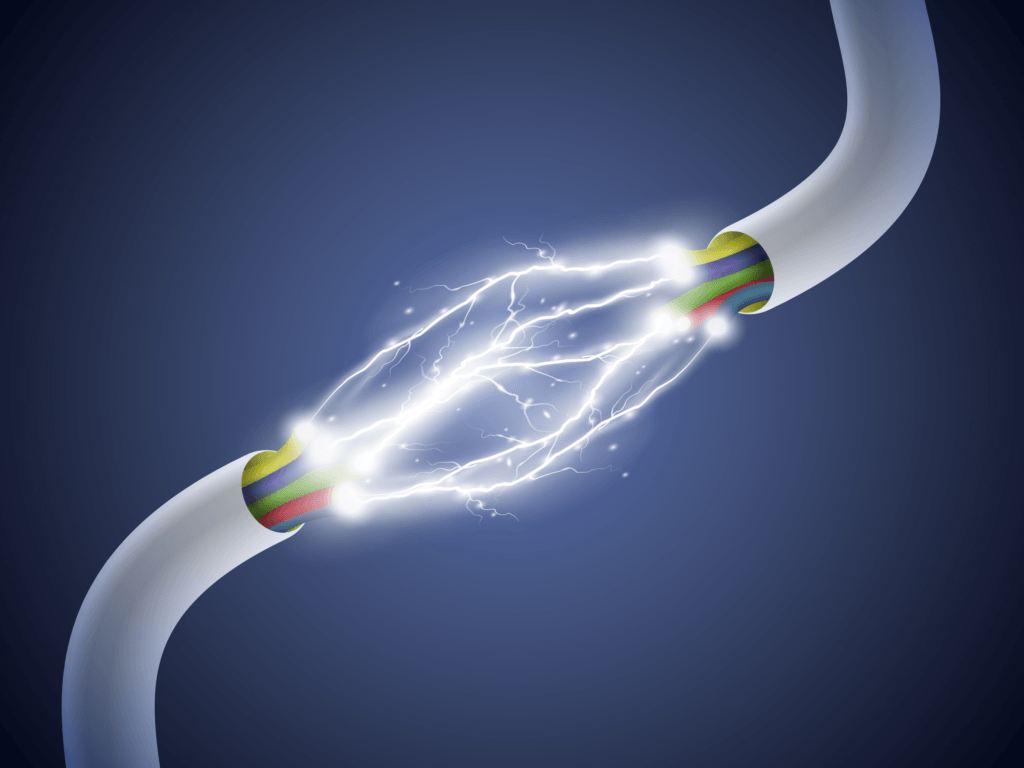Prevent a Fire, Tighten that Wire!

The National Fire Protection Agency reports that a 14,760 annual average or non-home fires were caused by an electrical distribution or lighting failure. Between 2010 and 2014 this resulted in 20 deaths, 190 injuries and an average $659 million in direct property damage yearly. A whopping 50-75 percent of all of these electrical fires were caused by one condition – an arc fault. While other causes exist, a good number of these failures can be attributed to a loose connection. But how does this cause an arc fault?
What exactly is an arc fault?
An arc fault occurs when electricity is unwantedly discharged between two conductors. When this discharge occurs heat is generated. Plastic or rubber -which previously acted as an insulator – becomes carbonized and release vapors that contribute to the thermal runaway that eventually can lead to a fire. In an industrial setting we see many types of equipment being affected by this from drives, to PLCs, motors and power supplies. Some factors contributing to loose electrical connections are vibration, corrosion, thermal changes and most commonly – poor installation.
How does a loose connection cause arcing?
When electrical conductors are properly connected, electrons can flow freely in the circuit. Unimpeded in this state, the electricity travels along its predetermined path with no trouble. However if the connection is poor either the air gap acts as a resistor, the resistance of which will soon be generating heat or the current drawn through the circuit is greater than the amount of conductors that are present can withstand – also generating heat. Either way this leads to a thermal event which can ignite the surrounding material or at the very least damage the equipment.
How can I prevent this?
Never assume that after the equipment is commissioned you never have to check the enclosure again. A part of good maintenance practices is to regularly check all connections for loose hardware. There are many reasons for checking, the first and most important is the elimination of human error. In the service center a lot of the failures we see are due to shortcuts being made when the equipment was hooked up. The most common being the wire not being correctly terminated underneath the set screw. This is due to an installer being in a hurry and not properly stripping the wire so that a good number of the conductors make contact underneath the nut. We also see the wrong gauge wire being used in a lot of applications. A lot of installers- especially ones in a rush- will try to use one size wire for everything they do. This will lead to them trying to use a wire that will simply not fit within the lug they are trying to connect. This will almost certainly lead to a bad connection and is why it’s always advisable to check your electrical connections regularly -especially right after there has been maintenance performed.